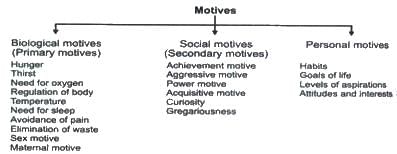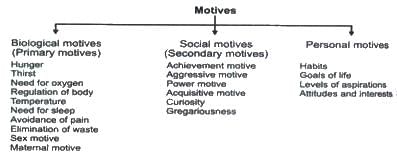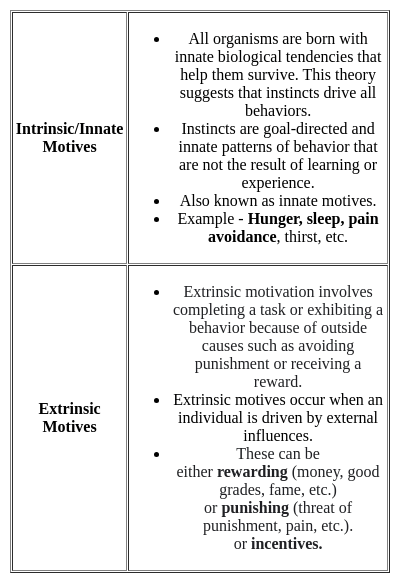Software Development Exam > Software Development Tests > Test: Teaching Practices (Miscellaneous Topics) - Software Development MCQ
Test: Teaching Practices (Miscellaneous Topics) - Software Development MCQ
Test Description
10 Questions MCQ Test - Test: Teaching Practices (Miscellaneous Topics)
Test: Teaching Practices (Miscellaneous Topics) for Software Development 2025 is part of Software Development preparation. The Test: Teaching Practices (Miscellaneous Topics) questions and answers have been prepared
according to the Software Development exam syllabus.The Test: Teaching Practices (Miscellaneous Topics) MCQs are made for Software Development 2025 Exam.
Find important definitions, questions, notes, meanings, examples, exercises, MCQs and online tests for Test: Teaching Practices (Miscellaneous Topics) below.
Solutions of Test: Teaching Practices (Miscellaneous Topics) questions in English are available as part of our course for Software Development & Test: Teaching Practices (Miscellaneous Topics) solutions in
Hindi for Software Development course.
Download more important topics, notes, lectures and mock test series for Software Development Exam by signing up for free. Attempt Test: Teaching Practices (Miscellaneous Topics) | 10 questions in 12 minutes | Mock test for Software Development preparation | Free important questions MCQ to study for Software Development Exam | Download free PDF with solutions
Test: Teaching Practices (Miscellaneous Topics) - Question 1
Which of the following is NOT a characteristic of learning process?
Detailed Solution for Test: Teaching Practices (Miscellaneous Topics) - Question 1
Test: Teaching Practices (Miscellaneous Topics) - Question 2
The process of social development of a child will slow down if
Detailed Solution for Test: Teaching Practices (Miscellaneous Topics) - Question 2
Test: Teaching Practices (Miscellaneous Topics) - Question 3
According to idealism, the aim of education is-
According to idealism, the aim of education is-
Detailed Solution for Test: Teaching Practices (Miscellaneous Topics) - Question 3
Test: Teaching Practices (Miscellaneous Topics) - Question 4
Which of the following is not an innate motive?
Detailed Solution for Test: Teaching Practices (Miscellaneous Topics) - Question 4
Test: Teaching Practices (Miscellaneous Topics) - Question 5
Phonological awareness refers to the ability to
Detailed Solution for Test: Teaching Practices (Miscellaneous Topics) - Question 5
Detailed Solution for Test: Teaching Practices (Miscellaneous Topics) - Question 6
Test: Teaching Practices (Miscellaneous Topics) - Question 7
According to Chomsky, an innate capacity to acquire language is the result of our uniquely human biological inheritance, is called:
Detailed Solution for Test: Teaching Practices (Miscellaneous Topics) - Question 7
Test: Teaching Practices (Miscellaneous Topics) - Question 8
_______ is the focal point of vocational counselling.
Detailed Solution for Test: Teaching Practices (Miscellaneous Topics) - Question 8
Test: Teaching Practices (Miscellaneous Topics) - Question 9
When does rapid and significant socialization occur in humans?
Detailed Solution for Test: Teaching Practices (Miscellaneous Topics) - Question 9
Detailed Solution for Test: Teaching Practices (Miscellaneous Topics) - Question 10
Information about Test: Teaching Practices (Miscellaneous Topics) Page
In this test you can find the Exam questions for Test: Teaching Practices (Miscellaneous Topics) solved & explained in the simplest way possible.
Besides giving Questions and answers for Test: Teaching Practices (Miscellaneous Topics), EduRev gives you an ample number of Online tests for practice
Download as PDF





















